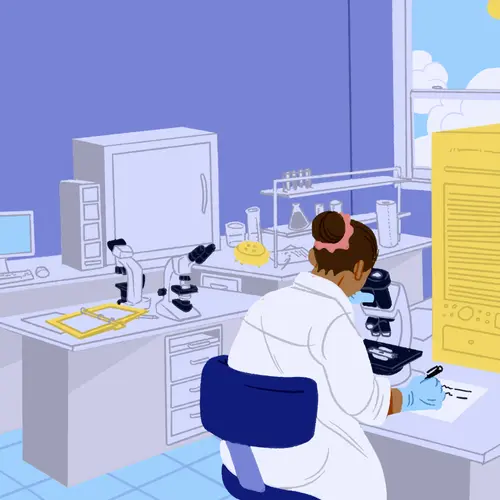When your child has a focal onset seizure, your role boils down to three basic things: stay calm, offer comfort, and keep them safe. If you start there, and keep in mind some important dos and don'ts, you'll be in good shape. Give it some time and practice, and it'll become second nature.
Things to Do
When a focal onset seizure, which used to be called a partial seizure, starts up in your child, follow these tips:
Keep your cool. It might be hard at first, but it gets easier as you learn what to expect. Staying calm lets you think clearly, and you'll find that your attitude has a way of spreading. Your child and anyone else who might be around will take their cues from you. So speak gently and offer plenty of reassurance.
Keep your child company. Seizures can be scary, so just being there matters. You'll also help prevent injury during one and give them comfort afterward. Plus, you can see how the seizure played out and share those details with your child's doctor.
Keep your child safe. Move any hazards out of the way, like hot objects, furniture with sharp edges, and anything your child might trip over. If they wander around, you might need to act as a moving barrier to steer them away from stairs, traffic, or anything else harmful.
Try to make your child comfortable. If possible, guide your child to a safe place to sit, but don't force it. If they wear glasses, remove them if you can. If your child is on the ground, try to get them on their side with their mouth facing down. It makes breathing easier and keep them from choking on saliva.
Time it. How long a seizure lasts and how long it takes your child to return to normal is good information for the doctor to have. Also, a seizure that goes on for over 5 minutes is an emergency. If your doctor gave you rescue treatment medicine for these cases, you'll need to use it.
Depending on the circumstance, they can be administered:
- Nasally - Sprayed up the nose
- Orally - Swallowed in pill form
- Sublingually - Placed under the tongue to dissolve
- Buccally - Placed between the cheek and the gum to dissolve
- Rectally - Given via a gel through the anus
The most commonly used medications are benzodiazepines because they get into the bloodstream quickly to start working on the brain to stop the seizure. They include:
- Diazepam - given orally (if the person is awake),
- Midazolam - can be given nasally (Nayzilam), buccally, orally
Help your child recover. After a seizure, the last thing any kid wants is a crowd of anxious faces looking in. When you have things under control, calmly ask people to make room. Then, let your child know what happened. Keep it simple. Tell them where they are, that you're there, and that they're safe.
Keep a log. When your child first starts having seizures, write down as much as you can about them. If you're able to, taking a video can help your doctor, too. Note things like the time of day, the length of the seizure, and what happened before, during, and after. Try to be specific about symptoms. Maybe you notice your child's head turns to the side. If you see any twitching or jerking, write down which side of the body it was on.
Things to Avoid
Here are some things you don't want to do:
Don't put anything in your child's mouth. Food, water, and medicine are all choking hazards. Wait until your child totally gets back to normal before you offer anything.
Don't shout or make quick movements. It can seem threatening or alarming. Slow, calm, and steady is the way to go.
Don't restrain or try to move your child. If your child wanders around, try to make the area as safe as possible. Only move them if they're in danger where they are, like near stairs or in the water.
Those last two don'ts are especially important for kids who have focal onset impaired awareness seizures, which used to be called complex partial seizures. During one, your child may not know what they're doing or what's happening around them. Because of that, you don't know how they'll respond if you talk to them or try to touch them.
If you need to touch your child for any reason, approach gently from the side and softly speak to them first. You want to do your best to make sure they don't feel threatened or alarmed.
Rescue Medications/Treatments
There are medicines and treatments which can and should be used in specific situations. Referred to as “rescue medications,” they do not take the place of daily medications and should only be used to help stop a seizure quickly in emergency situations. Depending on the circumstance, they can be administered:
- Nasally - Sprayed up the nose
- Orally - Swallowed in pill form
- Sublingually - Placed under the tongue to dissolve
- Buccally - Placed between the cheek and the gum to dissolve
- Rectally - Given via a gel through the anus
The most commonly used medications are benzodiazepines because they get into the bloodstream quickly to start working on the brain to stop the seizure. They include:
Water Safety
If your child has a seizure in the water, support their body and keep their head above the surface. Try to get them out of the water as soon as possible. And even if your child seems fine afterward, it's smart to have a doctor check things out.

